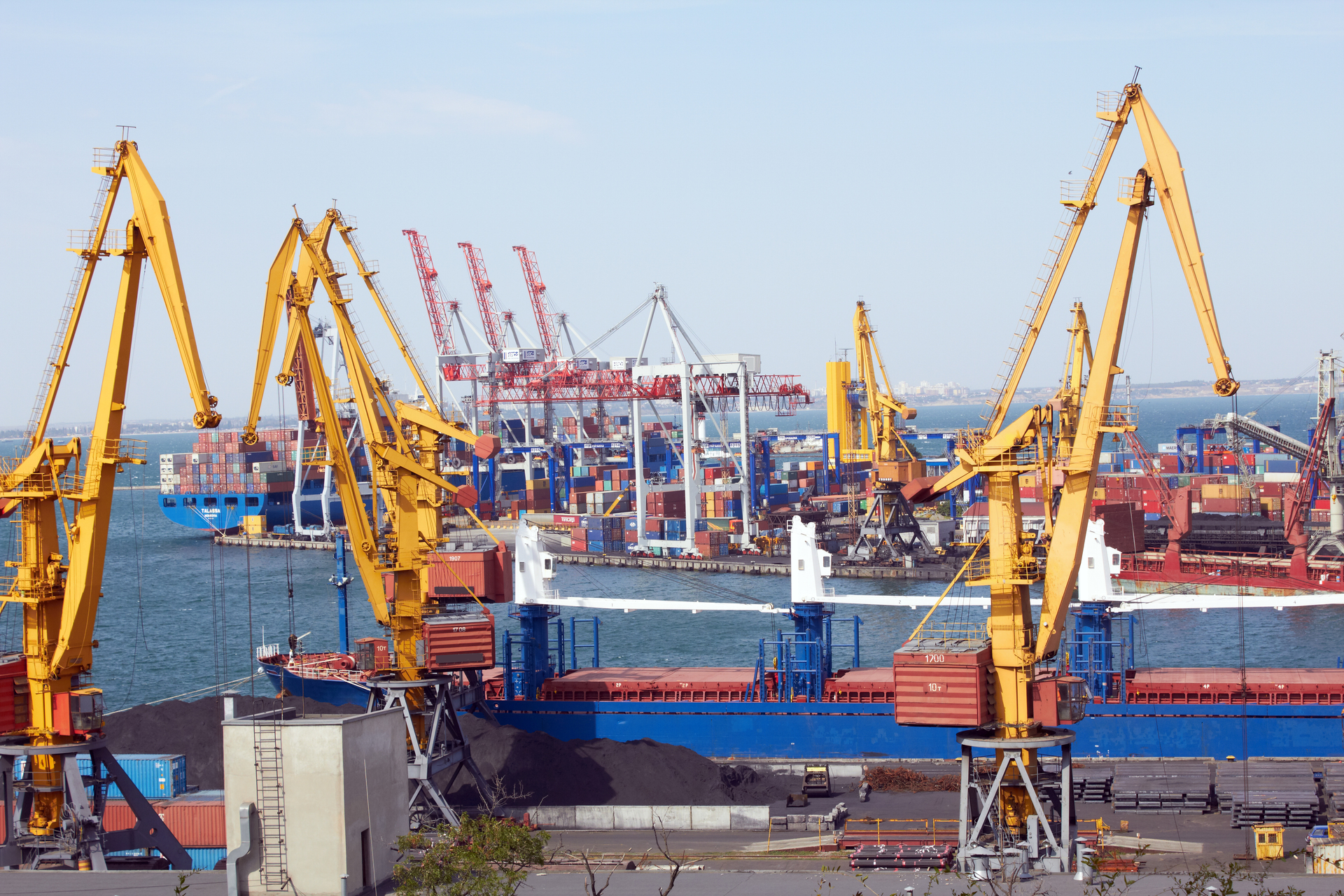
In the first half of 2025, the Port of Rotterdam reclaimed its status as Europe's busiest container port, processing 7 million TEUs—a 2.7% year-on-year increase. This surge was primarily fueled by rising imports from Asia (+8.4%) and trade growth with North America (+9.1%). However, while container volumes surge, the port’s broader outlook is shadowed by underlying economic and operational challenges.
Rotterdam experienced "exceptional congestion" during the first half of the year, driven by the arrival of over 100ultra-large vessels with container exchanges exceeding 12,000 TEUs. These massive call sizes have exposed structural inefficiencies in the port's landside operations, leading to longer truck turn around times and terminal delays.
Contributing factors include:
Port authorities are urging industry-wide collaboration, advocating for smarter use of infrastructure—like off-peak road transport and greater use of inland waterways—to boost resilience.
Despite the container boom, the Port of Rotterdam’s industrial base is showing signs of strain. CEO Boudewijn Siemons pointed to lagging investment, disrupted supply chains, and the offshoring of production as key threats to the port’s competitiveness.
Several major chemical producers have shuttered plants in the region, putting hundreds of jobs at risk. The effects are already evident:
Only LNG showed growth (+9%), as Europe replenished gas stocks for the summer.
For freight forwarders, 3PLs, and supply chain professionals, Rotterdam’s situation reflects a growing global trend: port success is no longer just about volume—it’s about resilience, integration, and industry health. As European production shifts abroad, logistics players must rethink route planning, capacity forecasting, and modal diversification.